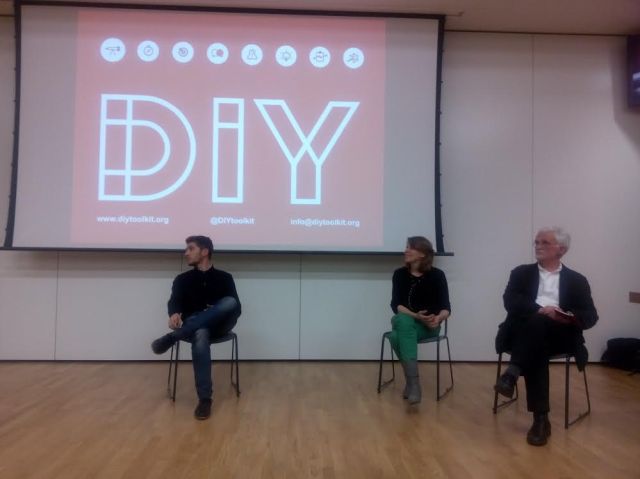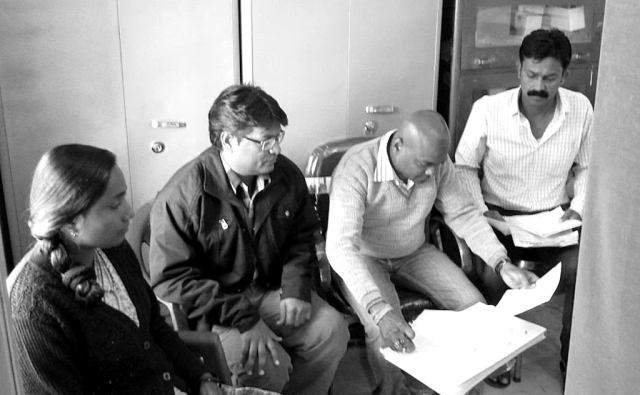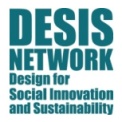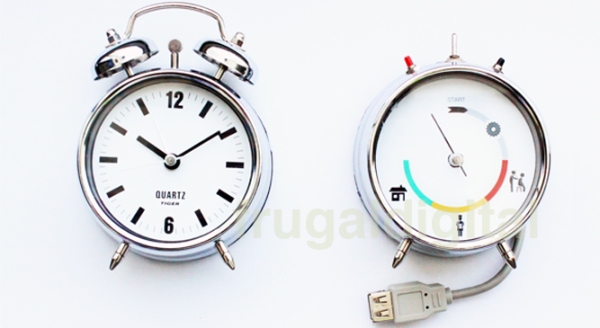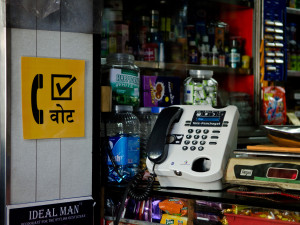Speaker: Professor Bo Reimer, MEDEA lab, Malmo University
Respondent: Professor Gillian Youngs, University of Brighton
MEDEA is a design-led research centre at Malmö University in Sweden, whose academics work with companies, institutions and individuals to investigate the role of collaborative media in the internet of things, in cultural production, and in sustainability.
In his talk at the V&A, Bo Reimer discussed his work at MEDEA, and presented two big questions for the evening: ‘How do design processes assist in creation of a sustainable public sphere? And is social design utilising the full potential of collaborative media?’
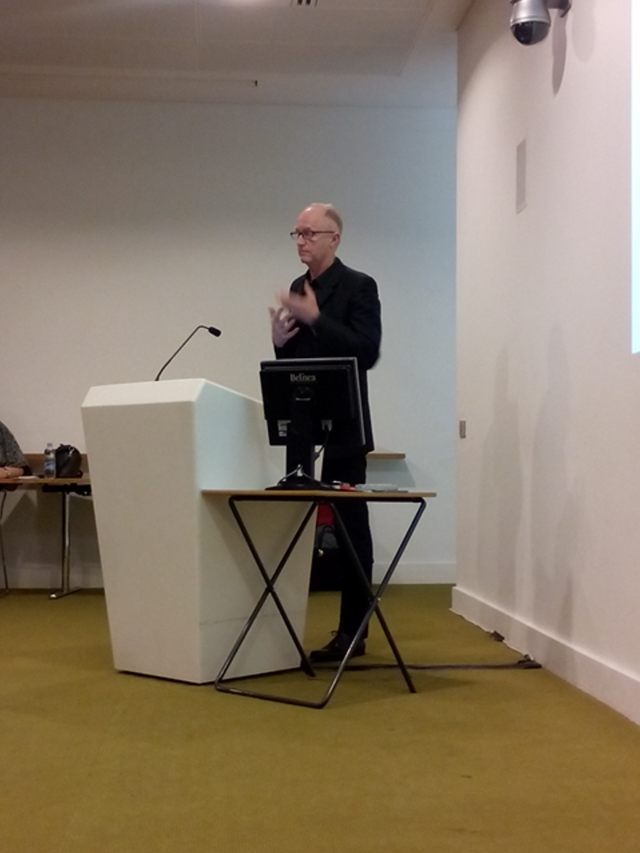
What is collaborative media?
Bo began with a brief outline of what MEDEA understand by the term ‘collaborative media’ (as opposed to ‘social’, ‘digital’ or ‘new’ media). In his view it refers to two linked phenomena as follows.
- Distributed production, or the phenomenon of many more people collaborating in the production of media. Of course this has existed for some time in non-digital realms (e.g. fanzines), but MEDEA are particularly interested in digitally-enabled collaborative media. So rather than referring to digital/ new media which focuses on the technology, they prefer to use ‘collaborative’ media which puts the emphasis on the action/ outcome.
- Entirely new forms of media that are driven by this new digitally-enabled capacity to collaborate. And within this he is particularly interested in the relationships between art and collaborative media, saying that now ‘the arts is the area where the digital will be most transformed…’
One distinctive feature of collaborative media is that people participate not only in generating content, but in designing the very infrastructure of the platforms. Much of the technology and infrastructure is very open to re-appropriation, and there are many examples of users driving the development of the infrastructure. Examples of this include teenagers maximising use of SMS and early Twitter users inventing the hashtag. So it’s not just about producing and consuming, but designing as well.
What does it look like?
He then talked through a handful of examples of collaborative media experiments that are pushing boundaries. One example is where medical staff in hospitals have been creating learning videos about difficult-to-use hospital equipment (‘live manuals
’).
Another is a periscope that shows future visions of an urban landscape – with those visions being co-produced/ proposed by citizens – to enable debate about shared civic space
.
Bambuser, an instant streaming service, has found new social purposes through the Arab spring, allowing people to report directly on conflict. But it has also found a use by emergency services to assess problems before arriving at an accident.
Arduino, the electronics prototyping platform, has facilitated new forms and applications of learning.
MEDEA has generated a project to draw out the skills and capacities of a group of immigrant women in Malmo – who he described as an unrecognized resource in the community.
What are the implications of collaborative media?
Collaborative media challenges the notion of the expert. We are seeing the rise of Pro-Ams – non-experts who can create their own knowledge/ become expert in, for example, astronomy or medical conditions.
It has changed the way people are designing media platforms (and other things) e.g. the idea of being ‘in perpetual beta’. Nowadays you don’t design a perfect project and launch, you get a good enough version and then allow user interaction to shape the design.
Bo also recognised the popular criticism of this kind of work. Is it just propping up a neoliberal regime in constantly addressing or solving problems that are created through mainstream capitalism? In response to his own question he suggested that MEDEA’s work isn’t about ‘projects’, but about sustained relationships and engagements
. It includes the concept of ‘infrastructuring’ in that it is more directed at creating scenarios, resources and relationships through which people can enact their own agency rather than being passively ‘done to’.
Professor Reimer closed by running through the MEDEA rules for collaborative media engagements, as follows:
- be collaborative;
- be interventionist;
- be public;
- be agonistic (not antagonistic);
- be accountable.
Gillian Youngs, who is Professor of Digital Economy at the University of Brighton, provided the expert response. She suggested the need for more critical work on the way design is being mobilised
at present. If, indeed, design is becoming so important in social and policy fields we should enquire into what it is replacing, she argued. Is there something post-ideological in the way design is being mobilised? Formerly, collective action was, by default, ideological and in this context perhaps the designer is more neutral: design can facilitate the navigation of values rather than argue for or against different forms of values.
Further, Gillian suggested, design is often used as a timeless concept and so it doesn’t immediately call up the problem of temporality, but, rather, it avoids it. Alternatively, Gillian argued that social design and digital media can also engage a fuzzy edge where things are not perfected. They might promise an on-going set of processes that involve expert and non-expert knowledge that can challenge authority. Through this, things like YouTube enables a new folk knowledge, a new collective memory it was suggested from the floor.
Another suggestion from the floor was that just as the MEDEA project that addressed problems with using hospital equipment was collaborative, so this might be extended so that platforms like YouTube could be mined in order to provide data on product use. This could, in turn, help improve products.
Bo Reimer’s talk and Gillian Young’s response showed that there is much to be gained in considering social design in the context of collaborative media, but that there is still much to be debated and experimented. With the Future Everything Festival due to kick off in Manchester just a fortnight later, it is as well to remember that the digital should not be silo-ed off from the social. As the globalization sociologist Saskia Sassen has reflected, the topography of electronic space weaves in and out of non-electronic space. Perhaps in social design we should remember to start with the latter before we get carried away with gizmos and promises.
Jocelyn Bailey and Guy Julier

